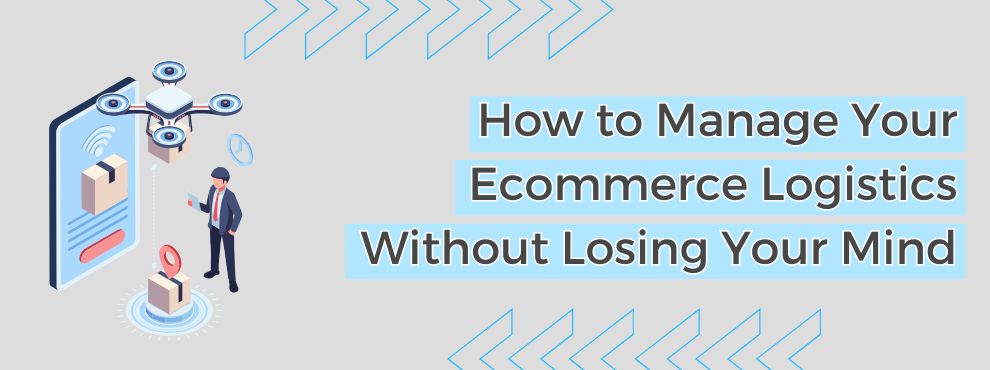Setting up an ecommerce store may seem like the most complicated part of running an online business, but once your store is live, the real challenge begins: managing logistics. From order reception to final delivery to the customer, every step matters. And doing it wrong can cost you more than just money — it can affect the customer experience, your brand reputation, and overall business profitability.
At Innovadeluxe, we’ve helped dozens of companies in their digital transformation journey, and one of the areas that always raises the most questions is this one: How can I manage logistics without losing my mind? In this article, we’ll guide you step by step.
1. Understand the Importance of Efficient Logistics
Logistics isn’t just about shipping products. It’s the entire process that ensures what the customer sees in your online store arrives at their door on time, in the right way, and in perfect condition.
Efficient logistics translates into:
- Satisfied and returning customers.
- Lower operational costs.
- Better brand reputation.
- More time to focus on growing your business.
On the other hand, poor logistics management can lead to:
- Delivery delays.
- Unnecessary returns.
- Loss of customer trust.
- Negative reviews and loss of sales.
In short: logistics can be your best ally or your worst enemy. It all depends on how you plan it.
2. Design a Clear Logistics Workflow from the Start
Before selling your first product, you need to have a clear understanding of the journey each order will take.
A typical logistics flow includes:
- Order reception. Your online store must be prepared to record orders automatically and without errors. If you use PrestaShop, there are modules that allow you to integrate inventory, shipping, and payments in a synchronized way.
- Inventory management. Having real-time stock control is essential. There’s nothing worse than selling a product you don’t have in stock. Use modules or management software that alert you when stock is running low.
- Order preparation. Picking (selecting products) and packing (packaging) should be quick and well-organized processes. Consider creating templates for labels, invoices, and packing slips automatically.
- Shipping. This is where carriers and shipping policies come into play. You should choose reliable providers and offer multiple options (express shipping, standard, in-store pickup, etc.).
- Delivery and tracking. Providing customers with tracking numbers and shipment updates builds trust and reduces post-sale inquiries.
- Returns management. Having a clear and simple return process not only improves the customer experience but also differentiates you from competitors.
3. Automate as Much as Possible
One of the keys to managing your ecommerce logistics “without losing your mind” is to automate repetitive tasks.
Thanks to platforms like PrestaShop and specialized modules, you can now:
- Automatically integrate your orders with carriers.
- Generate labels and invoices without manual intervention.
- Sync inventory in real time across multiple sales channels.
- Automatically update order status.
Automation reduces errors, saves time, and improves overall business efficiency.
At Innovadelux
Related Posts










Deja un comentario